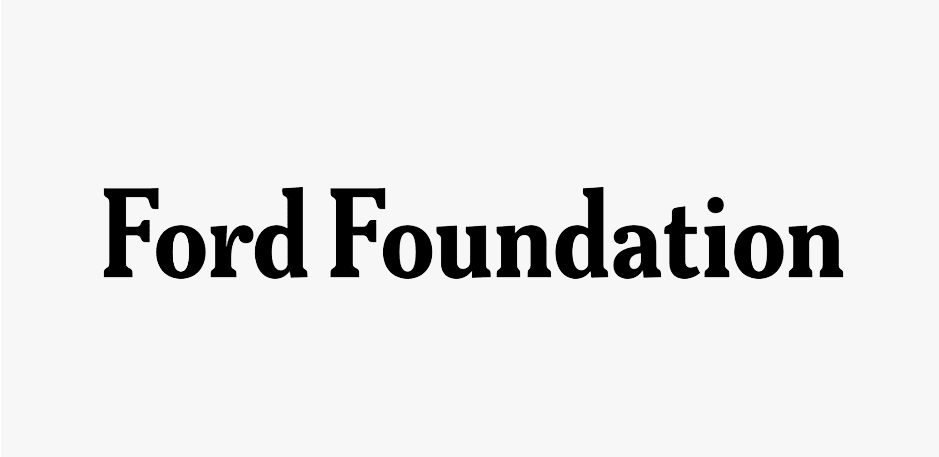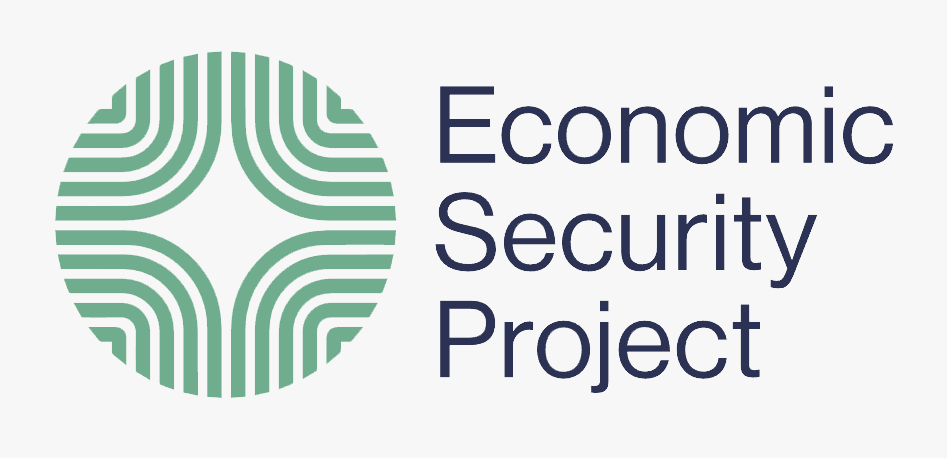Redesigning the Governance Stack Project
The Redesigning the Governance Stack Project is working to reinvent the administrative state so that it is equipped to govern the information economy effectively and in a way that centers public values.

The harms of today’s information economy — including misinformation, tech addiction, pervasive state and commercial surveillance, extremes of wealth and economic precarity, and growing entrenchment of data-driven bias and inequality — are tearing at the fabric of society. Our existing legal and regulatory institutions have failed to counter these harms. Nothing short of a complete overhaul will do.
The Redesigning the Governance Stack Project is a multi-year effort to reinvent the institutions and tools we use to govern technology and technology companies. This effort prioritizes public accountability and strong public oversight. It seeks to restore and recenter the rule of law within a new institutional framework designed around information-economy needs and failure modes. This is a “full stack” effort, encompassing the sorts of implementation details that shorter term projects might propose but also extending down to rethink fundamental principles of regulatory organization and operation.
We have preliminarily divided our work into six issue clusters: (1) Regulatory Monitoring; (2) Digitalizing Government Functions and Services; (3) Policy Mechanisms; (4) Inclusion; (5) Institutions; and (6) Rule of Law Requirements.
Regulatory Monitoring
The project’s first concept paper imagines how to equip the administrative state to monitor the information economy and enforce mandates relating to monitoring and information production. Some of its suggestions have the goal of facilitating meaningful compliance with the kinds of public mandates that exist, or might soon exist, now. Others are designed to equip regulators to understand the operation of digital architectures, systems, and processes more generally, so that they and/or Congress can determine how to structure new, more effective public mandates.
The paper first describes the kinds of information that regulators need and then considers the mechanisms that must be strengthened or created to ensure access to all of the necessary information. Next, it sketches a set of institutional changes designed to enable regulators, auditors, and the public to acquire, verify, and understand information about digital architectures, services, and processes. Finally, it considers steps that policymakers can take to help develop and deepen the pool of people with the technical and organizational skills required to conduct, audit, and oversee monitoring of digital architectures, systems, and processes.
The paper is accompanied by a curated bibliography of useful sources.
With Support From





